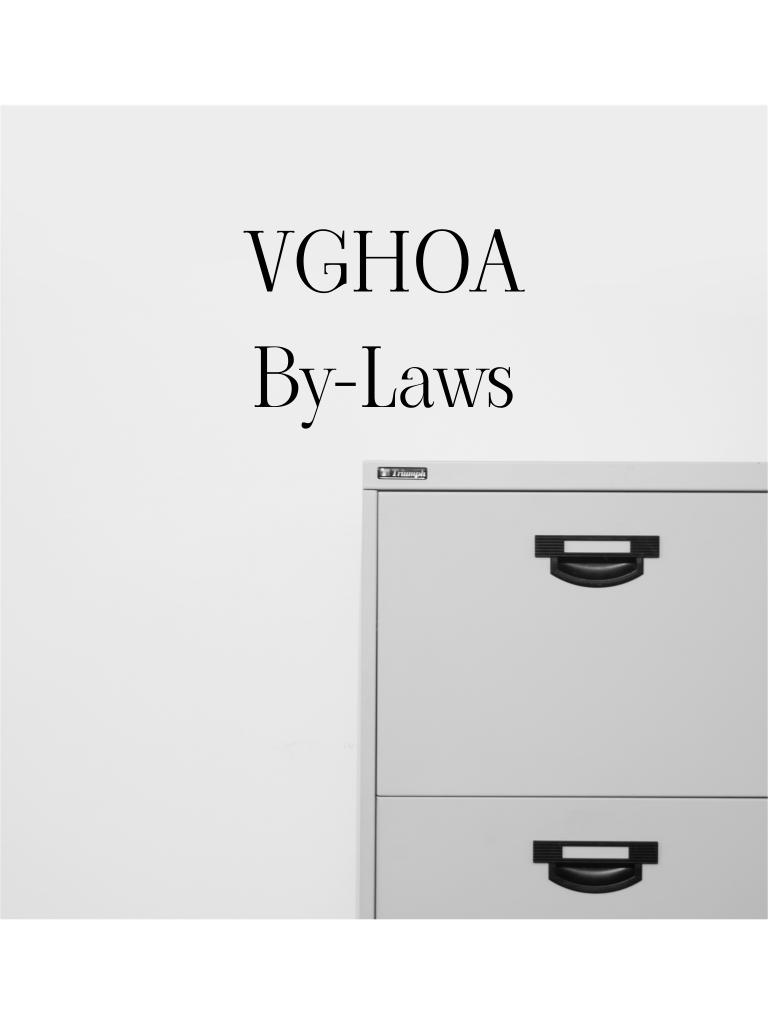
VGHOA is seeking legal counsel in order to bring our By-Laws up-to-date for ease of making better decisions for our community.
The minutes from Board meetings can be available to homeowners of VGHOA upon request.

Architecture
Download any document by clicking the links below: See Architecture Page for an interactive Map
PLATS:
COVENANTS:
Dues Payment: Auto draft form
As of July 1, 2024, VGHOA is no longer handling auto-payments via credit card for homeowners.
Homeowners may receive invoices via email. The email will include an option to pay via ACH or credit card.
To receive invoices via email, email a current email address(es) to meg@tetonbookkeeping.com.
MAILING CHECKS: Homeowners may still pay dues by mailing a check or dropping off check payments at 1 Bison Trail (next to the water tower).
BUILDING APPLICATION: Necessary before commencing work.
- Architectural Permit Application
- Appendix A — permit application and variance guidance

WATER
Pond Water Test Results
*E. Coli Test Results for Valley Grove Pond
It appears that the pond does have quite a high count on the E.coli. The coliforms are high because the pond is affected by surface water, but the E.coli is high because of fecal contamination.
The HOA is currently working with experts to address the E.Coli issue. In the meanwhile please *Do Not Drink the Pond Water!
WATER RESTRICTIONS: In effect year round.
WATER QUALITY REPORTS:
- 2016 CCR REPORT
- 2017 CCR Report
- 2018 CCR Report
- 2020 CCR Report
- 2021 CCR Report
- 2022 CCR Report
- 2023 CCR Report
Copies of the CCR will NOT be mailed to customers unless requested. They are posted here on the web site for your download. They are in PDF form.
.